The Process of New Pool Construction: A Step-by-Step Guide

Diving into the pool construction process can seem daunting for many homeowners. Did you know it takes approximately 6 to 12 weeks to build a new swimming pool? Our article will provide a comprehensive, step-by-step guide that simplifies this seemingly intricate process.
Let's dive in and make your backyard oasis dream come true!
Key Takeaways
- Building a new pool adds value to your property and provides a space for relaxation and recreation.
- When choosing a pool builder, research different companies, check for licenses, read reviews, and ask for references.
- Steps to building a concrete swimming pool include selecting the location and design, excavating the earth, constructing the pool base, reinforcing with steel cage reinforcement,
The Benefits of Building a New Pool
 Building a new pool offers numerous benefits, including the ability to add value to your property, create a space for relaxation and recreation, and customize the design to your preferences.
Building a new pool offers numerous benefits, including the ability to add value to your property, create a space for relaxation and recreation, and customize the design to your preferences.
https://www.youtube.com/watch?v=uNnVKsJ2a6w
Adding value to your property

Building an outdoor swimming pool is a surefire way to increase your property's value. Not only does it provide a source of recreation, but it also serves as a luxurious addition that potential buyers may find attractive.
The aesthetic appeal and functional benefits of a swimming pool make it an excellent investment for homeowners. While the value added may vary - sometimes increasing home’s value by just 7% - there are many factors at play like location and local market trends which can influence this percentage significantly.
Landscaping around the pool area further enhances its allure, leading to potential higher returns on investment in the real estate market. Making such property enhancement with a high-value asset like a swimming pool could be exactly what you need to add significant worth to your home.
Keep in mind, though considered an advantage of building a new pool, don't overlook other necessary expenses involved in maintaining these features over time.
Creating a space for relaxation and recreation

Having a new pool provides more than just a place to swim. It transforms your backyard into an outdoor oasis, offering an escape where you can unwind after a hectic day. This water-based relaxation space becomes the perfect venue for leisure and pleasure activities with family and friends.
Imaging yourself enjoying serenity and tranquility as you float in your pool on a sunny afternoon or how about those enjoyable pool parties that add fun and entertainment to weekends? With this recreational feature right in your backyard, it's easy to make every day feel like a vacation.
Customizable design options

Customizable design options offer a way to infuse personal style and preferences into the pool construction process. The size, shape, and depth of a swimming pool can be altered according to specific needs.
From sprawling lagoon-style pools to compact lap pools, the possibilities are endless. Various pool construction methods add another layer of customization. Inground pools not only enhance the aesthetic appeal but also provide ease of access and safety with in-built steps or ramps.
Building an indoor swimming pool necessitates detail-oriented planning for structural support, appropriate lighting fixtures, and effective water treatment systems. Innovation has also paved the way for sustainable designs like turning shipping containers into highly customizable swimming pools that combine affordable costs with green living principles.
These flexibilities in pool design ensure that every new pool uniquely reflects its owner's vision while being functional and sustainable at the same time.
Choosing the Right Pool Builder

When choosing the right pool builder, it is important to research and compare different companies, check for licenses and certifications, as well as read reviews and ask for references.
https://www.youtube.com/watch?v=zI4c5ksehpQ
Researching and comparing different companies

Researching and comparing different companies is an important step in choosing the right pool builder. Here are some factors to consider:
- Verify credentials: Check if the pool builder has the necessary licenses and certifications to operate legally.
- Read reviews: Look for online reviews and testimonials from previous customers to get an idea of their reputation and customer satisfaction.
- Ask for references: Request a list of references from the pool builder and reach out to them to gather feedback on their experience working with the company.
- Compare costs: Obtain quotes from multiple pool builders and compare them carefully. Consider the services included, materials used, and any additional charges or hidden costs.
- Evaluate experience: Look for pool builders with years of experience in the industry. A track record of successful projects indicates their expertise and reliability.
- Communication skills: Clear communication is crucial throughout the construction process. Ensure that the pool builder can explain the construction process clearly and answer any questions you may have.
Checking for licenses and certifications
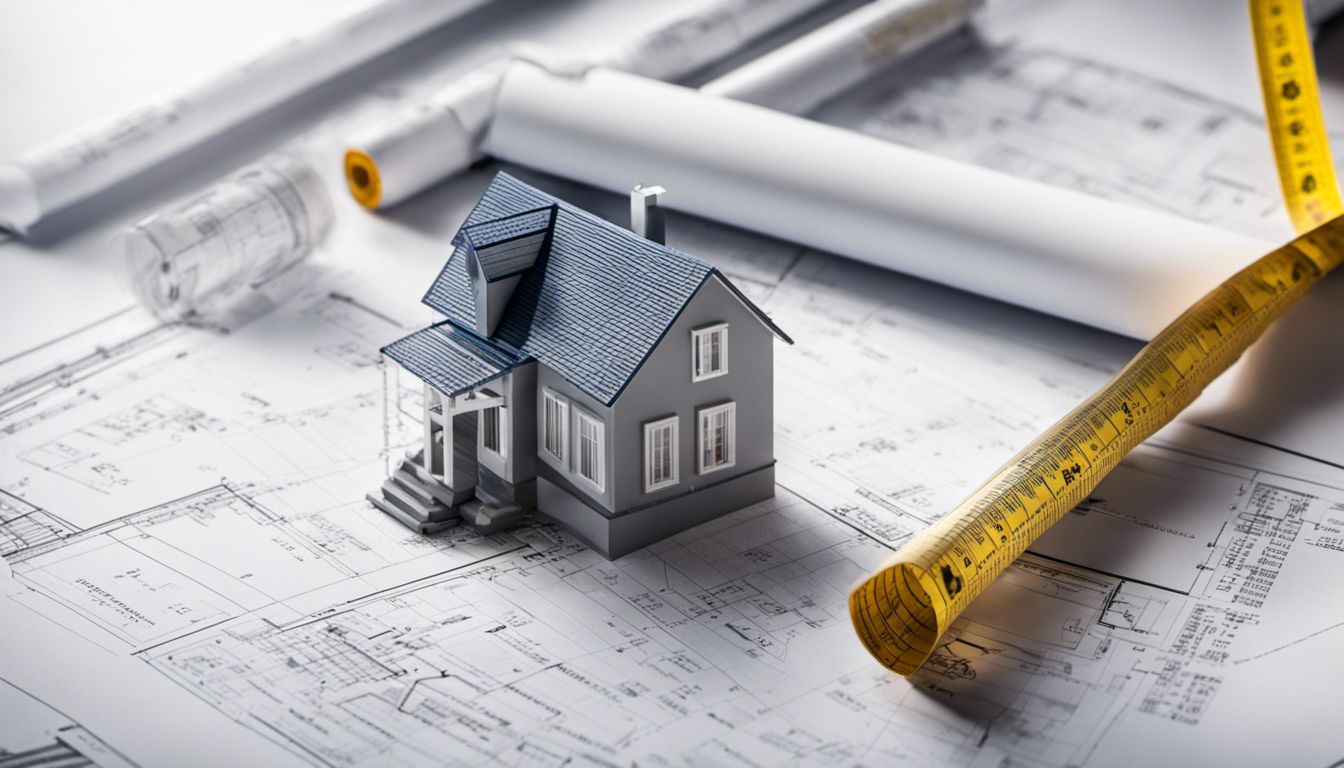
Pool construction is a specialized field that requires expertise and adherence to industry standards. When choosing the right pool builder, it's crucial to check for licenses and certifications.
In most states, pool builders are required to hold a state-certified license, which ensures that they have met certain qualifications and regulatory compliance. Checking a pool builder's license history is an important step before accepting a quote or signing a contract.
Additionally, verifying their credentials and insurance coverage is crucial to ensure that they have the necessary qualifications and protection for the construction process. By checking if their licenses and certifications are up to date, you can be confident in selecting a reputable pool builder who will deliver quality results.
Reading reviews and asking for references
 Evaluating customer feedback and seeking recommendations from others are crucial steps when choosing the right pool builder. Reading reviews and checking customer testimonials provide valuable insights into the quality of work and customer satisfaction of a pool builder.
Evaluating customer feedback and seeking recommendations from others are crucial steps when choosing the right pool builder. Reading reviews and checking customer testimonials provide valuable insights into the quality of work and customer satisfaction of a pool builder.
Examining past projects and requesting client references allow you to assess the professionalism and reputation of potential builders. By researching customer satisfaction, investigating ratings, and gathering client feedback, you can make an informed decision about which pool builder is best suited for your project.
Understanding the Pool Building Process: A Comprehensive Guide from Swimmingpoolbuilders. co. za

The pool building process can be complex, but with the comprehensive guide from Swimmingpoolbuilders.co.za, you'll gain a clear understanding of each step involved. From selecting the location and design to installing the pump and filter system, this guide covers it all.
Whether you're planning on building a concrete, gunite, vinyl, or fiberglass pool, the majority of steps are similar across all types. With an estimated completion time of 6-12 weeks, beginners can use this guide to confidently navigate through each stage of construction.
Detailed explanations and accompanying photos make it easy to follow along and visualize the process as you design your dream swimming pool.
https://www.youtube.com/watch?v=b1hACskReLI
Steps to Building a Concrete Swimming Pool
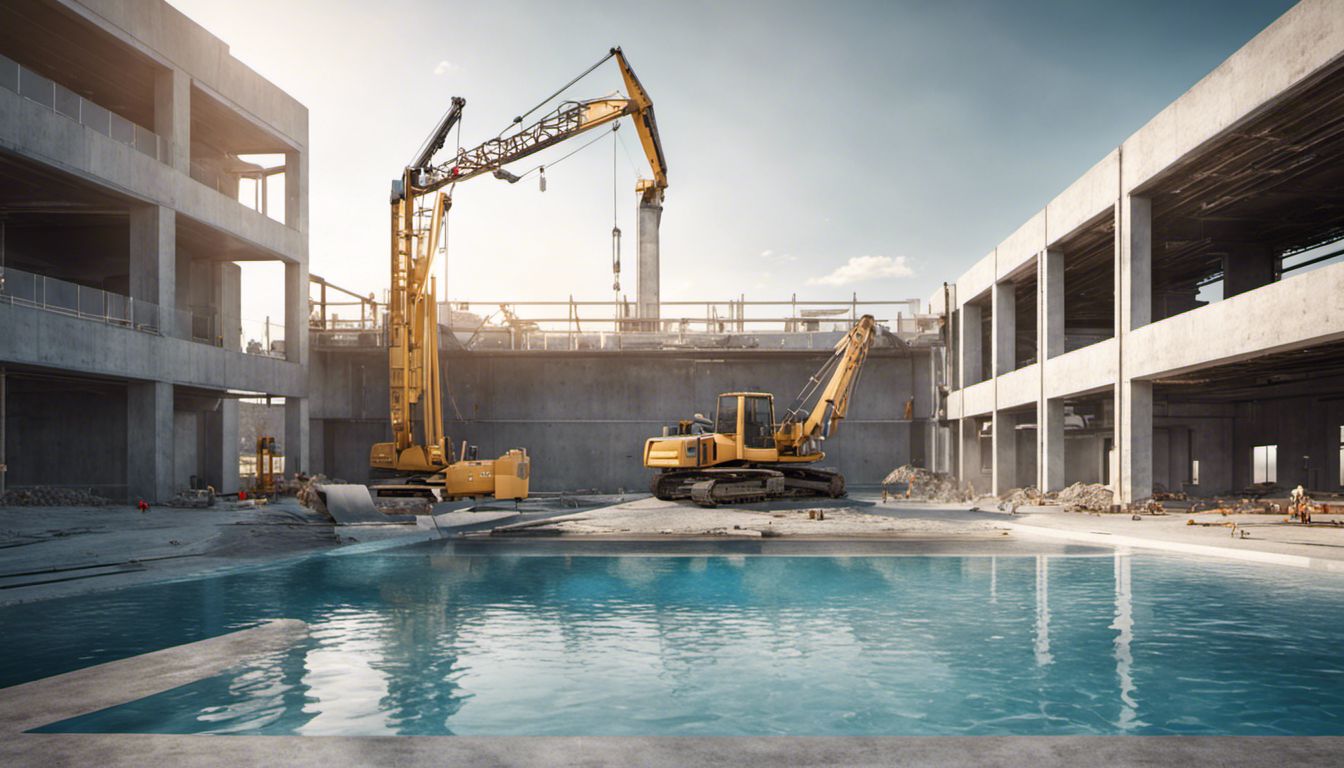
The steps involved in building a concrete swimming pool include selecting the location and design, excavating the earth, constructing the pool base, reinforcing with a steel cage, installing the pump and filter system, concreting and waterproofing, and finally constructing the coping.
Selection of location and design

Choosing the right location and design for your new swimming pool is crucial in ensuring its success. When selecting a location, it's important to consider factors such as the terrain of your property.
A flat surface will minimize excavation costs and make the construction process smoother. Additionally, you should also take into account any environmental factors that may affect the pool, such as strong winds or excessive sun exposure.
When it comes to design, both function and aesthetics play a vital role. Consider how you want to use the pool - whether it's for leisurely lounging or more active swimming activities.
This will help determine the shape and depth of your pool. You should also think about how the pool fits into your overall landscape design.
Excavation of earth
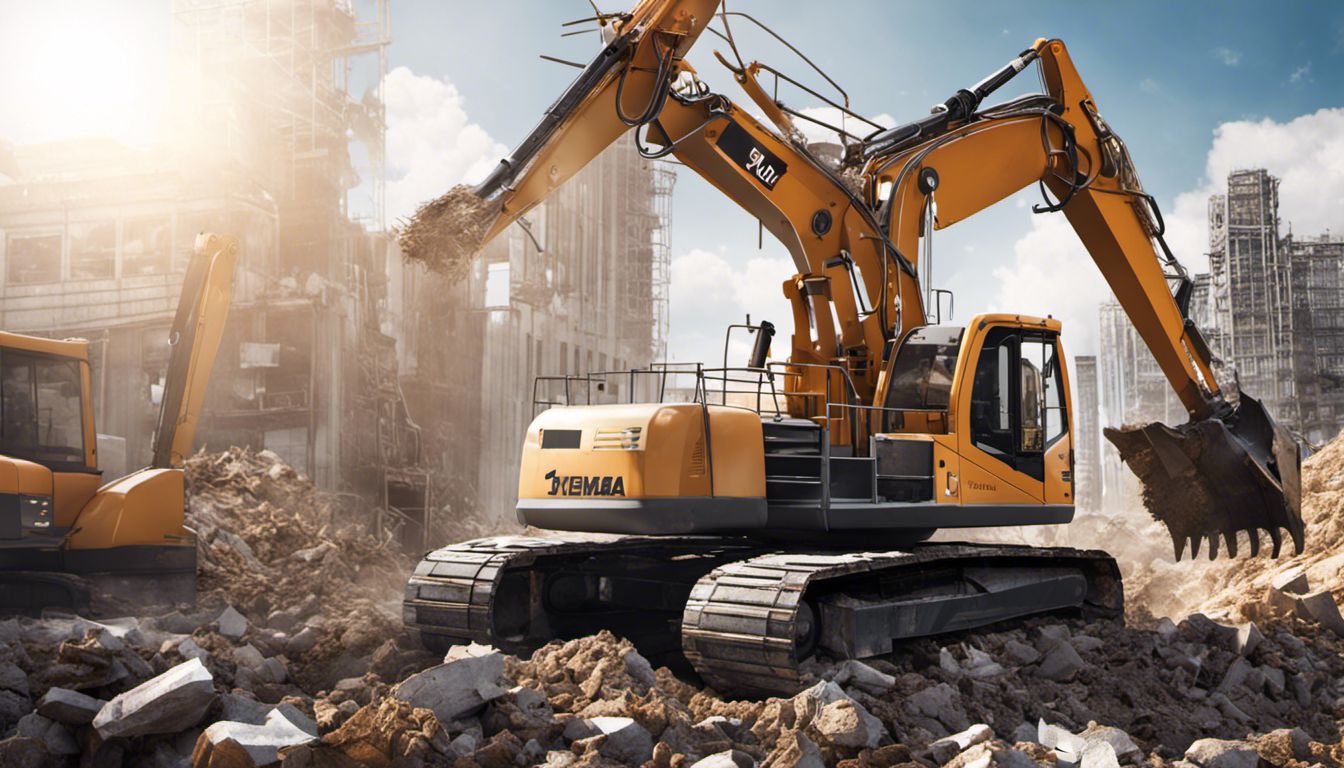
Excavating the earth is a crucial step in building a concrete swimming pool. This process involves digging and removing soil, rocks, and debris from the designated pool area. The size and depth of the excavation depend on the specific design and specifications of the pool.
In some cases, existing structures or obstacles may need to be cleared during excavation. It's an essential part of preparing the site for constructing a sturdy and well-designed pool structure that will serve as your personal oasis for relaxation and recreation.
Construction of pool base
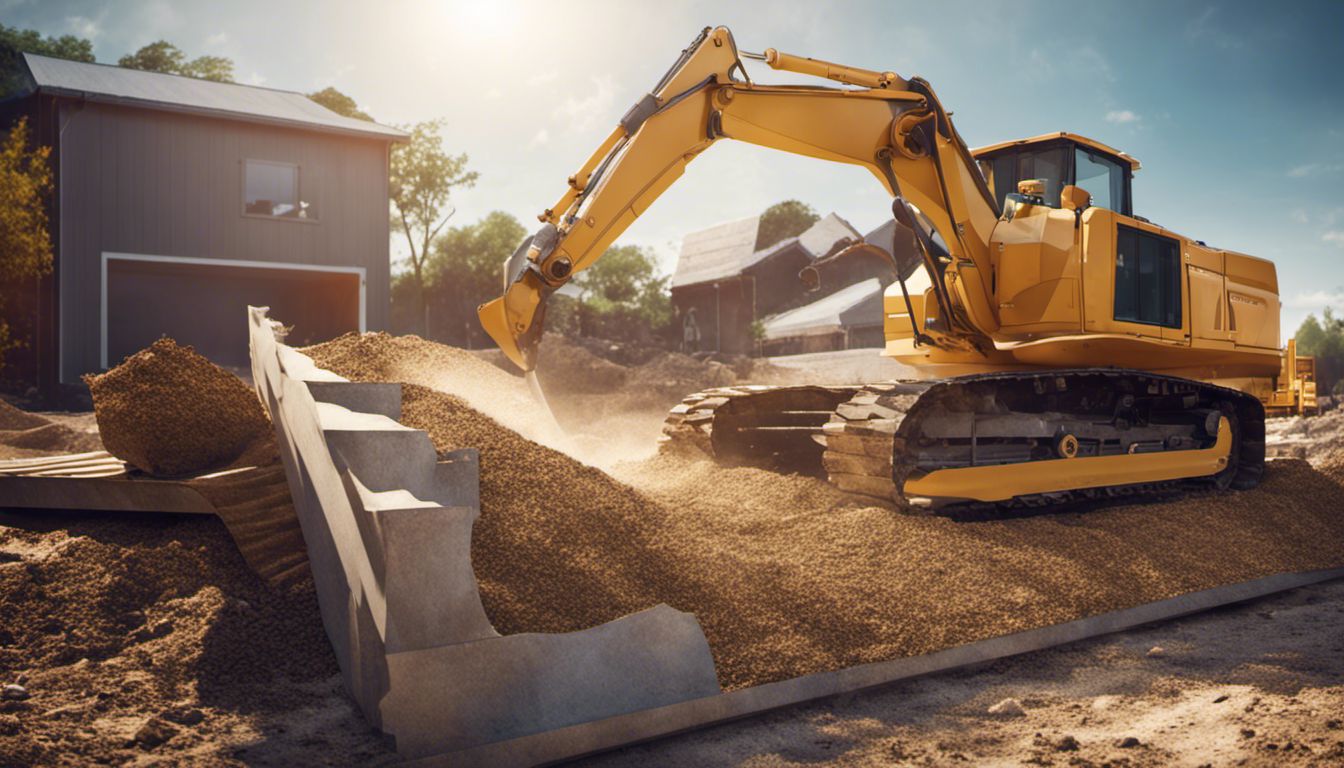
The construction of a concrete swimming pool begins with the preparation of the pool base. This crucial step involves excavating the earth to create a level surface for the pool foundation.
Once the excavation is complete, the pool base is carefully constructed using materials such as gravel or crushed stone, which provide stability and drainage for the pool structure.
Properly preparing and compacting the pool base ensures that it can withstand the weight of the water and prevents any potential settling or shifting of the pool over time. With a solid foundation in place, builders can proceed with reinforcing and constructing other elements of the swimming pool structure.
Steel cage reinforcement

A criss-cross steel cage is built around the entire pool excavation to reinforce and strengthen the pool structure. This steel cage, made with Grade 60 #3 steel rebar, provides crucial support for the concrete swimming pool.
By adding structural integrity, it helps prevent cracks and ensures the durability of your pool over time. The installation of a steel cage reinforcement is an essential step in building a high-quality and long-lasting concrete swimming pool.
Installing pump and filter system
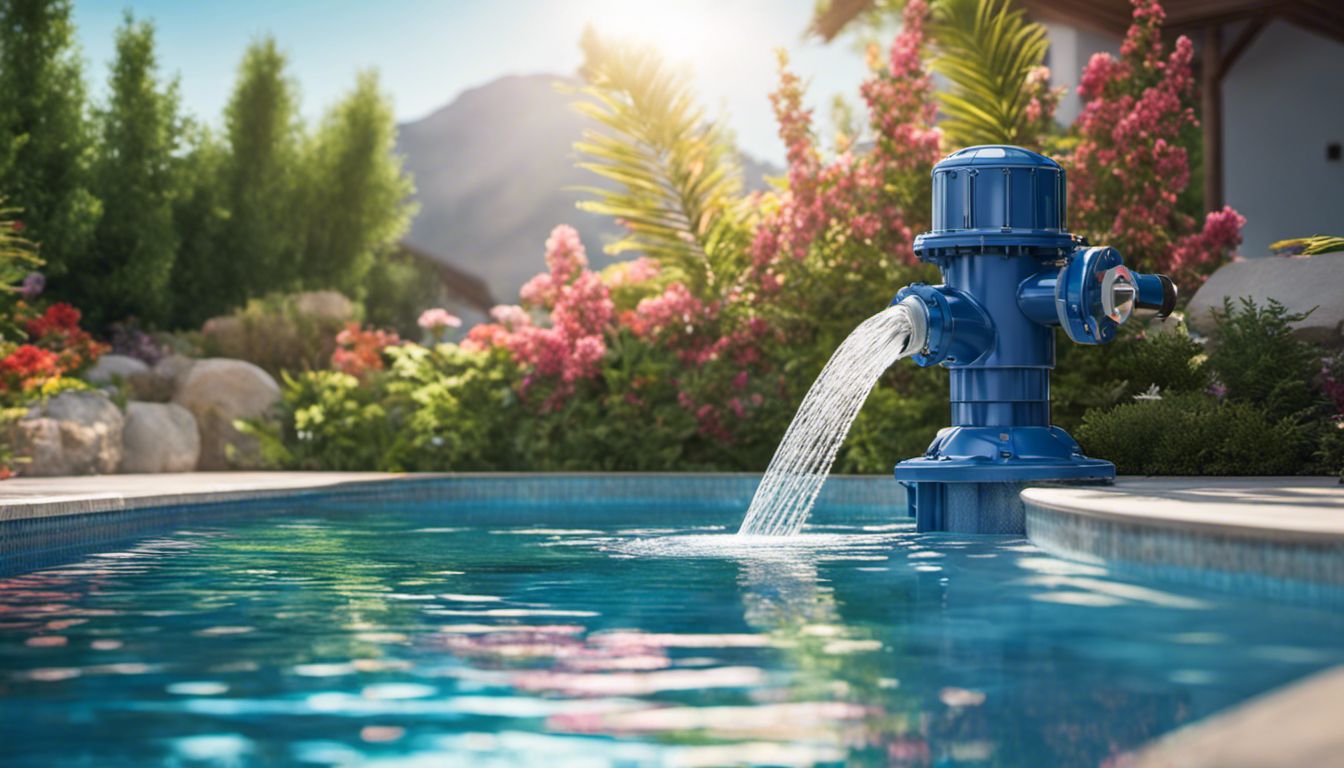
Proper installation of the pump and filter system is essential to ensure optimal performance and functionality of your new concrete swimming pool. When installing the pump, it is important to follow the recommended height guidelines, which specify that the pump should be positioned no more than 30cm above the water level in the pool.
This positioning helps to maintain a consistent flow of water and allows for efficient operation. Additionally, it is crucial to select a self-priming pump as this type of pump will automatically remove any air from the system, resulting in better overall efficiency.
During construction, it is advisable to cap all openings that connect to the pipes with concrete. This precautionary measure prevents clogging and damage caused by concrete entering and settling within the plumbing lines.
Concreting and waterproofing
Concreting and waterproofing are crucial steps in the construction of a concrete swimming pool. The concreting process involves pouring and shaping the concrete to form the pool structure, ensuring its strength and durability.
Waterproofing is essential to prevent water leakage and extend the lifespan of the pool. This can be achieved through various methods, including adding waterproofing admixture during the concrete casting process.
Surface preparation and sealing of joints further ensure that water does not seep into unwanted areas. These steps require careful planning, attention to detail, and ongoing maintenance to guarantee a well-built and long-lasting pool.
Construction of coping
The construction of coping is a crucial step in building a concrete swimming pool. Coping refers to the walking area that surrounds the pool, providing both functionality and aesthetic appeal.
It is important to design the coping in a way that enhances the overall look of the pool while also ensuring it serves as a safe and durable surface for people to walk on. The installation process of tiles and coping can take anywhere from a few days to a few weeks, depending on the complexity of the design and materials used.
Factors That Affect the Cost of Building a New Pool
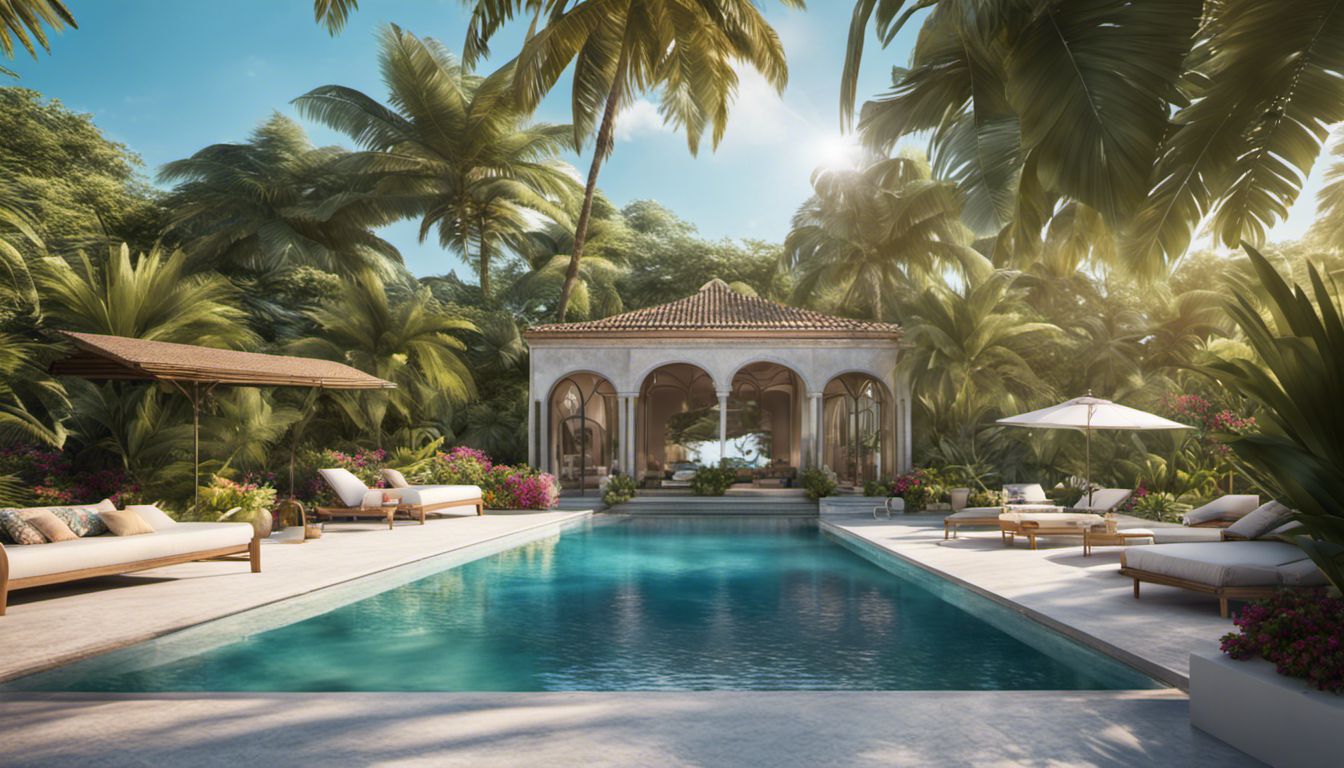
The cost of building a new pool can be influenced by various factors, such as pool size, shape, and materials used. Find out what other factors can affect the overall cost in this comprehensive guide.
Pool size
The size of a pool is an important factor to consider when planning for a new one. Not only does it impact the overall cost, but it also determines the space available for swimming and other activities.
Lap pools, which typically provide at least 40 feet of uninterrupted swimming area, are great for those who want to swim long distances without constantly turning around. On the other hand, larger pools can accommodate more people and offer greater flexibility in terms of design and features.
When choosing the size of your pool, be sure to consider your budget, available space, and how you plan on using it.
Pool shape and depth
The shape and depth of your pool are important factors that can affect the overall cost of building a new pool. The size and dimension of the pool will dictate how much materials, labor, and equipment are required during construction.
Additionally, the design options available for different shapes may vary in complexity, impacting both the initial installation costs as well as potential maintenance expenses down the line.
When considering depth, it's essential to think about how you plan to use your pool. Deeper pools require more excavation work and may require additional safety measures such as diving boards or slides.
Type of pool and materials used
The type of pool and materials used have a significant impact on the cost of building a new pool. When considering the construction of an inground pool, there are different options available such as concrete, gunite, fiberglass, and vinyl.
Each material has its own advantages and considerations in terms of durability, appearance, and price. It's important to choose the right type of pool and materials that align with your budget and preferences while keeping in mind the long-term maintenance costs.
The decision between a concrete or fiberglass pool can affect pricing significantly since basic concrete pools tend to be more expensive compared to their fiberglass counterparts. So carefully evaluating these factors will help you make an informed choice for your new pool construction project.
Additional features and extras
Adding additional features and extras to your new pool can enhance both its functionality and aesthetic appeal. From pool accessories like diving boards, slides, and water features to practical additions like automation systems and energy-efficient equipment, there are countless options to choose from.
Consider incorporating landscaping elements such as plants, rocks, or lighting to create a beautiful oasis in your backyard. Additionally, you can customize your pool decking materials and design for added style and safety.
Keep in mind that while these features may increase the cost of building a new pool, they also have the potential to elevate your swimming experience and increase the value of your investment.
Potential renovations and maintenance costs
Renovating and maintaining your new pool may be necessary to keep it in top condition. These costs can vary depending on the scope of the project. Factors such as equipment replacement, pool resurfacing, installing pool steps, coping or tiles, and other renovations can contribute to these expenses.
The cost of renovation can range from small pebble repairs to complete overhauls. Additionally, different materials used for construction like fiberglass can affect installation costs significantly, ranging from $18,000 to $65,000.
It's important to consider these potential expenses when budgeting for your new pool.
Conclusion
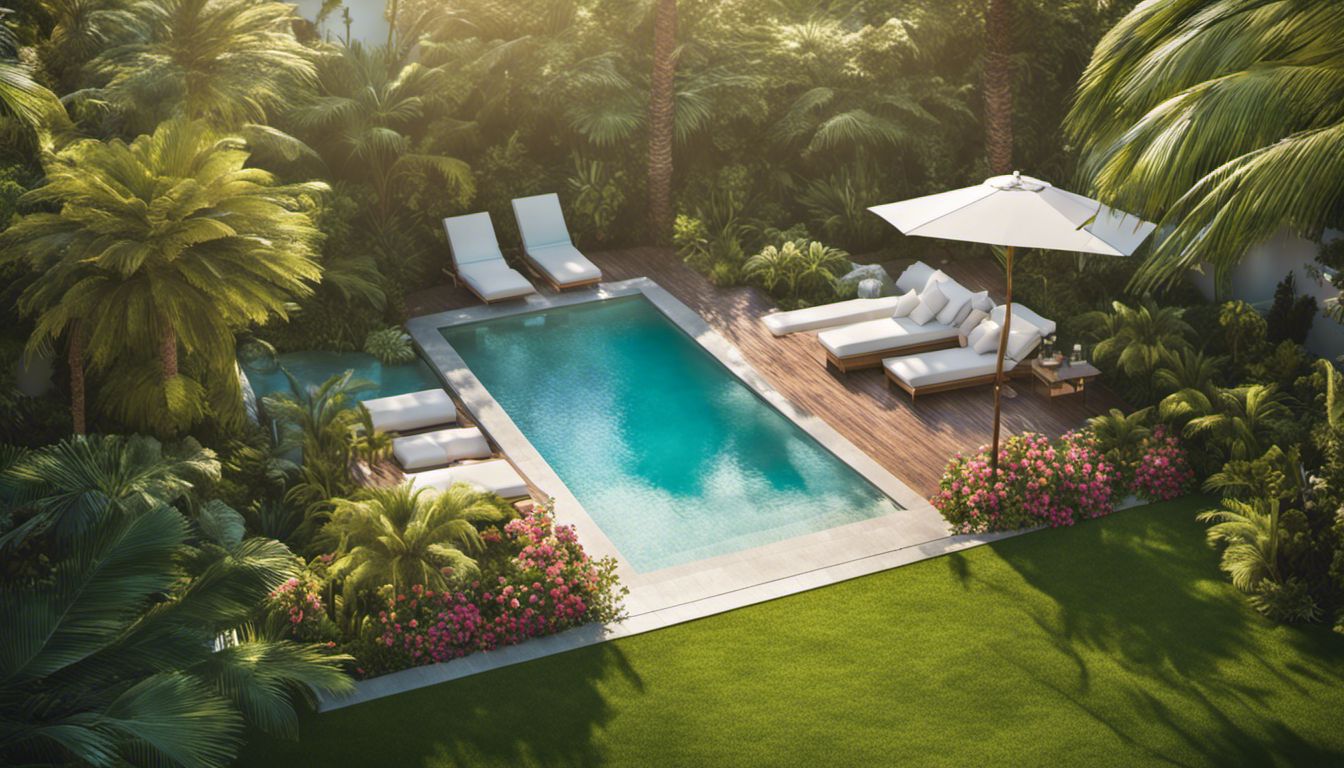
In conclusion, the process of new pool construction is a complex yet rewarding endeavor. From selecting the right pool builder to choosing the design and materials, each step plays a crucial role in creating a beautiful and functional swimming pool.
By following this step-by-step guide and working with professionals, you can ensure that your dream pool becomes a reality. Dive into the process today and get ready to enjoy endless hours of relaxation and fun in your very own backyard oasis.
FAQs
1. How long does it take to build a new pool?
The time it takes to build a new pool can vary depending on factors such as the size, complexity, and weather conditions, but typically it takes several weeks to a few months.
2. Do I need any permits or approvals for building a new pool?
Yes, you will likely need to obtain permits and approvals from your local government before starting the construction of a new pool. This ensures compliance with safety regulations and zoning requirements.
3. What are the different steps involved in building a new pool?
The process of building a new pool involves various steps such as designing, excavation, installation of plumbing and electrical systems, pouring concrete or installing the pool shell, adding finishing touches like tiles or coping, and finally filling the pool with water.
4. Can I customize the design of my new pool?
Yes, you can customize the design of your new pool according to your preferences and budget. From shape and size to features like waterfalls or lighting, there are many options available for creating a unique swimming experience.
5. What maintenance is required after the completion of my new pool?
After your new pool is completed, regular maintenance tasks such as maintaining proper chemical balance in the water, cleaning filters and skimmers regularly, checking equipment for any issues are necessary to keep your pool clean and functioning properly.












